My first overnight hike
Four years ago, I was considering thru-hiking the Pennine Way. There was just one snag - the Pennine Way was supposed to be one of the toughest long distance walks around, and, though I’d done 30+ km day hikes, I’d never done a single overnight hike.
I decided I needed a trial run, and did a 60km, 4 day hike in Wilson’s Prom. This is the story of how a fairly disastrous first foray unexpectedly laid the groundwork for a successful Pennine Way trek.
The equipment
Since this was my first time overnight hiking, I didn’t have any equipment specifically for it. I borrowed a large backpack and a sleeping mat, and used my ordinary tent and sleeping bag. I got canned food, water purifying tablets, and anything else I thought I might need.
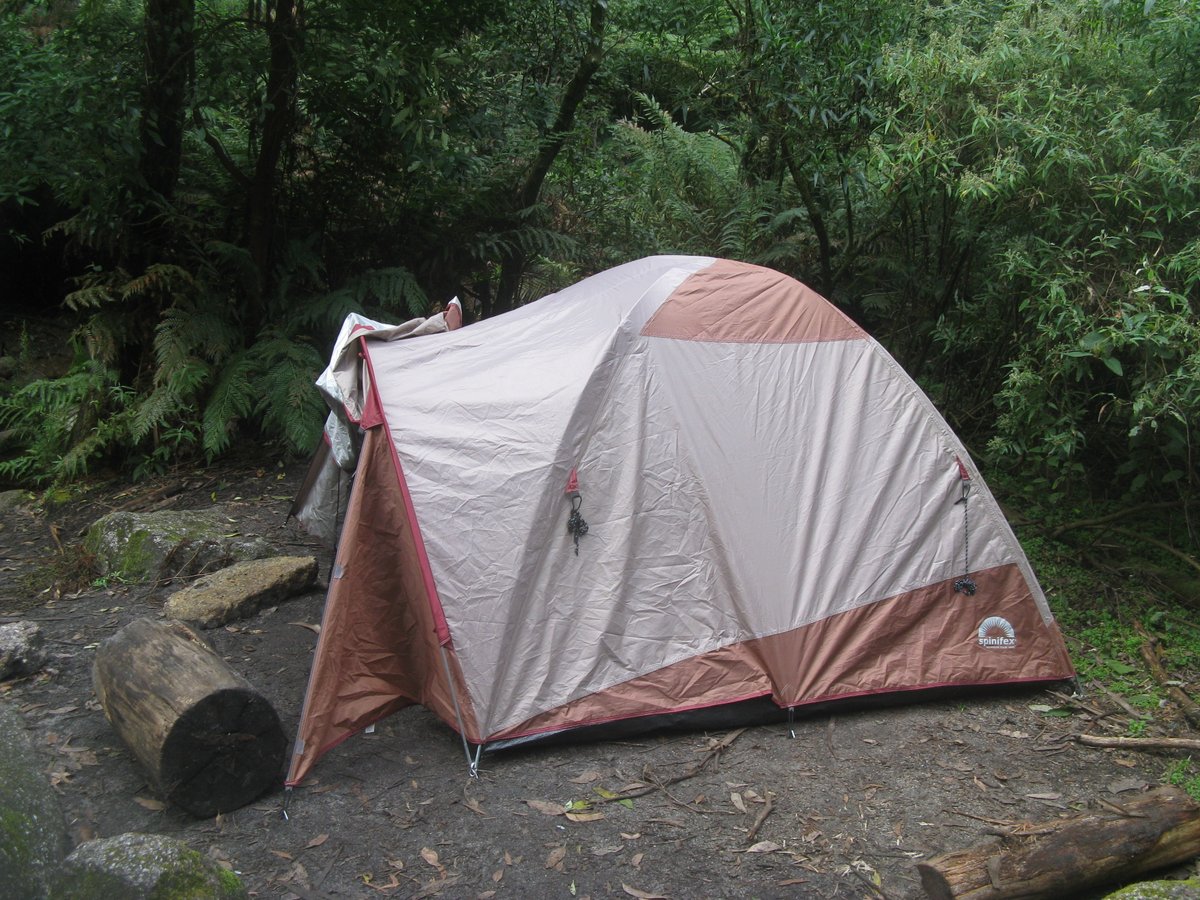
However, the consequence of using existing equipment was that everything was both more heavy and more bulky than it needed to be. I may be exaggerating, but it felt like I literally spent an hour each morning trying desperately to make everything fit back in my backpack and close the zips.
The positives
Though I mostly remember this hike as a disaster, there were significant positives. I hadn’t been to Wilson’s Prom except for brief visits as a teenager, and it was nice to spend longer there. Part of the reason I chose this particular route was to visit the southern-most point on the Australian mainland, and it was great to make it there:
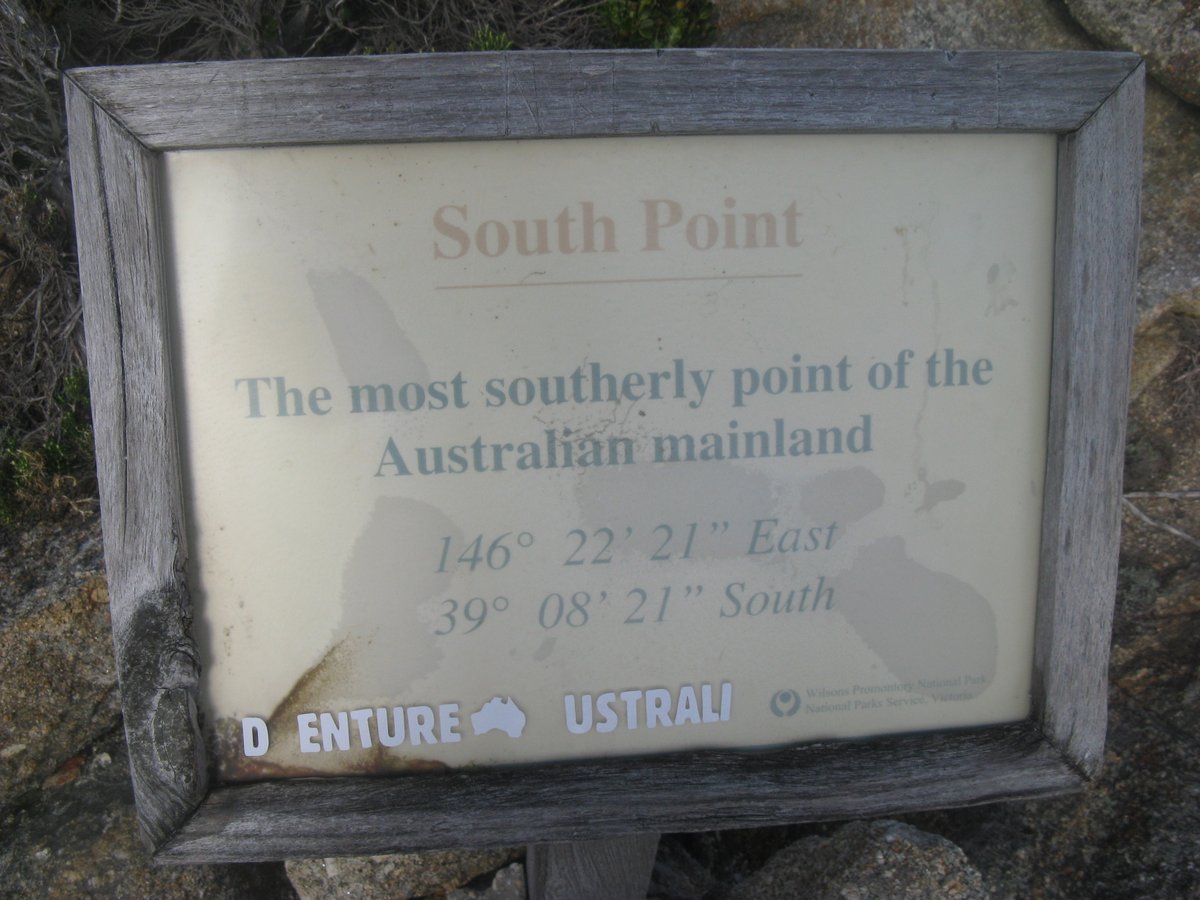
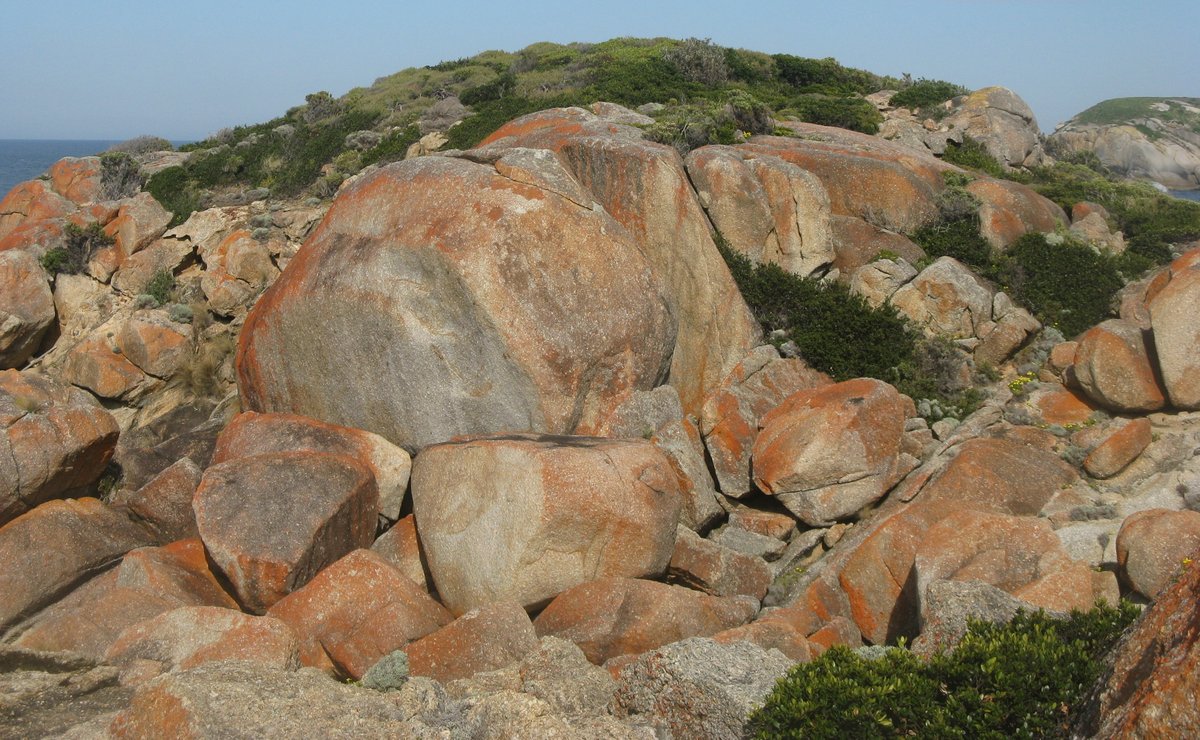
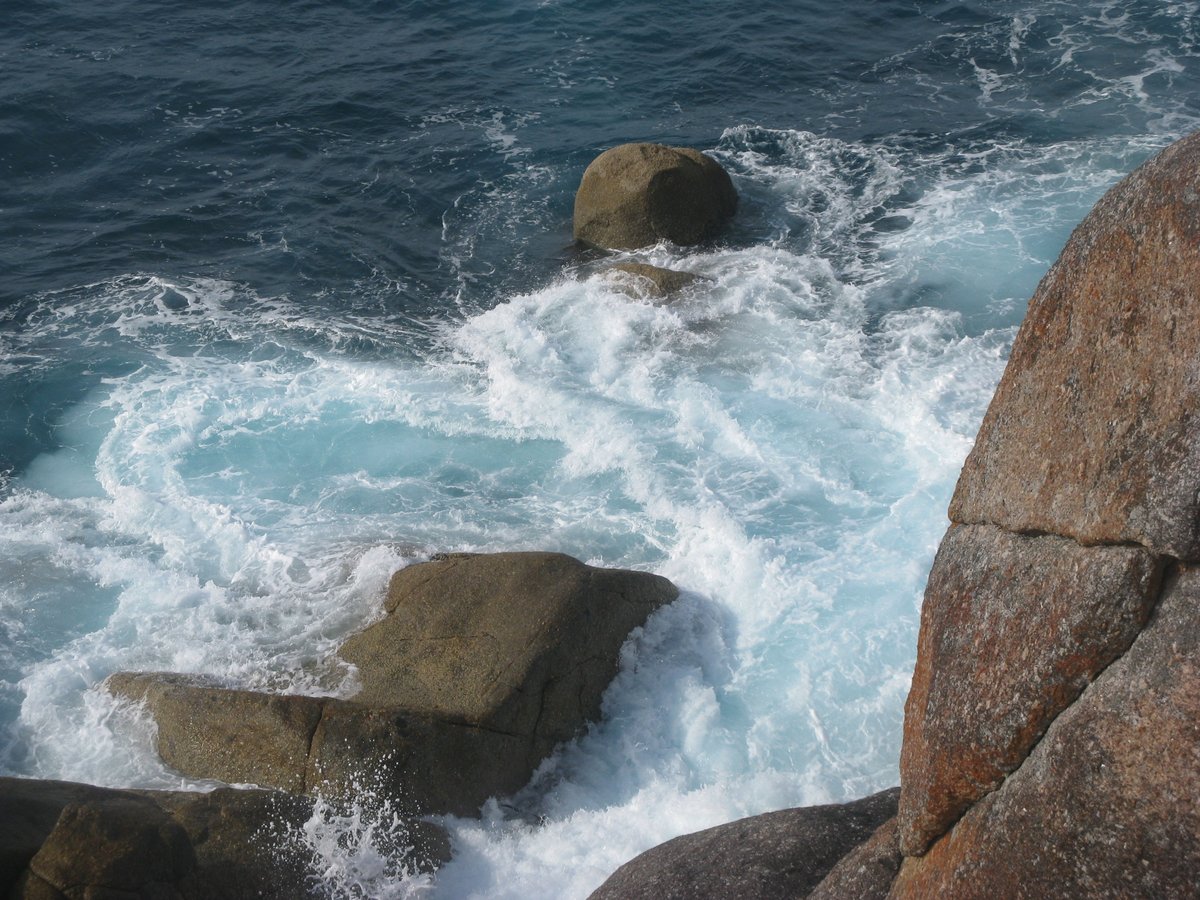
I also visited the historic lighthouse at South East Point:
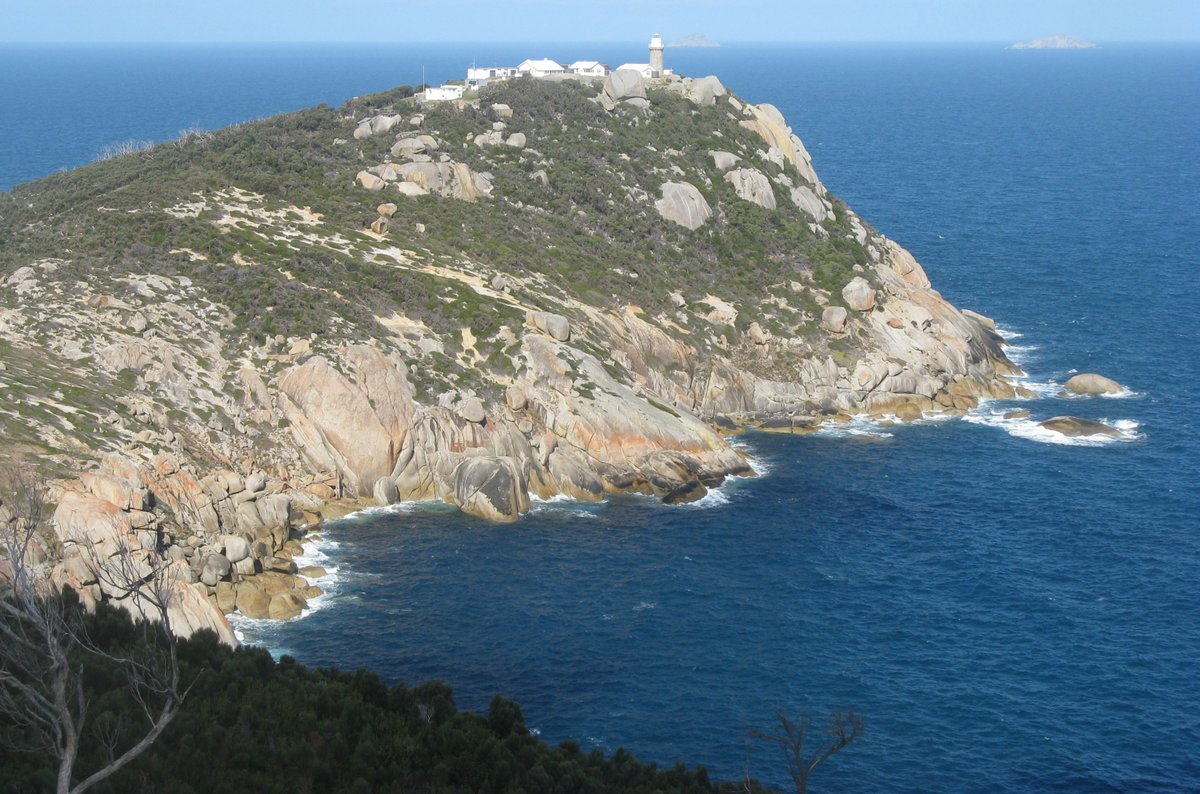
I saw some amazing views, particularly from Kersops Peak, and I reached places that I couldn’t easily have reached without an overnight hike.
Finally, the trail involves a river crossing at Sealer’s Cove considered dangerous at high tide, and I was able to successfully plan it to cross at low tide.
An unexpected bath
On Day 1, starting late and dealing with an unfamiliar heavy pack, I didn’t achieve as much as I originally planned. What this meant was that everything caught up with me on Day 2.
It was early September, so the days were still fairly short, and I’ve never been good at getting up early. I still had to visit South Point, and what with that and struggling with re-packing the tent, I didn’t set off properly until mid-day. Everything was slower than I expected, and as the light was fading I found myself walking down a lengthy beach.
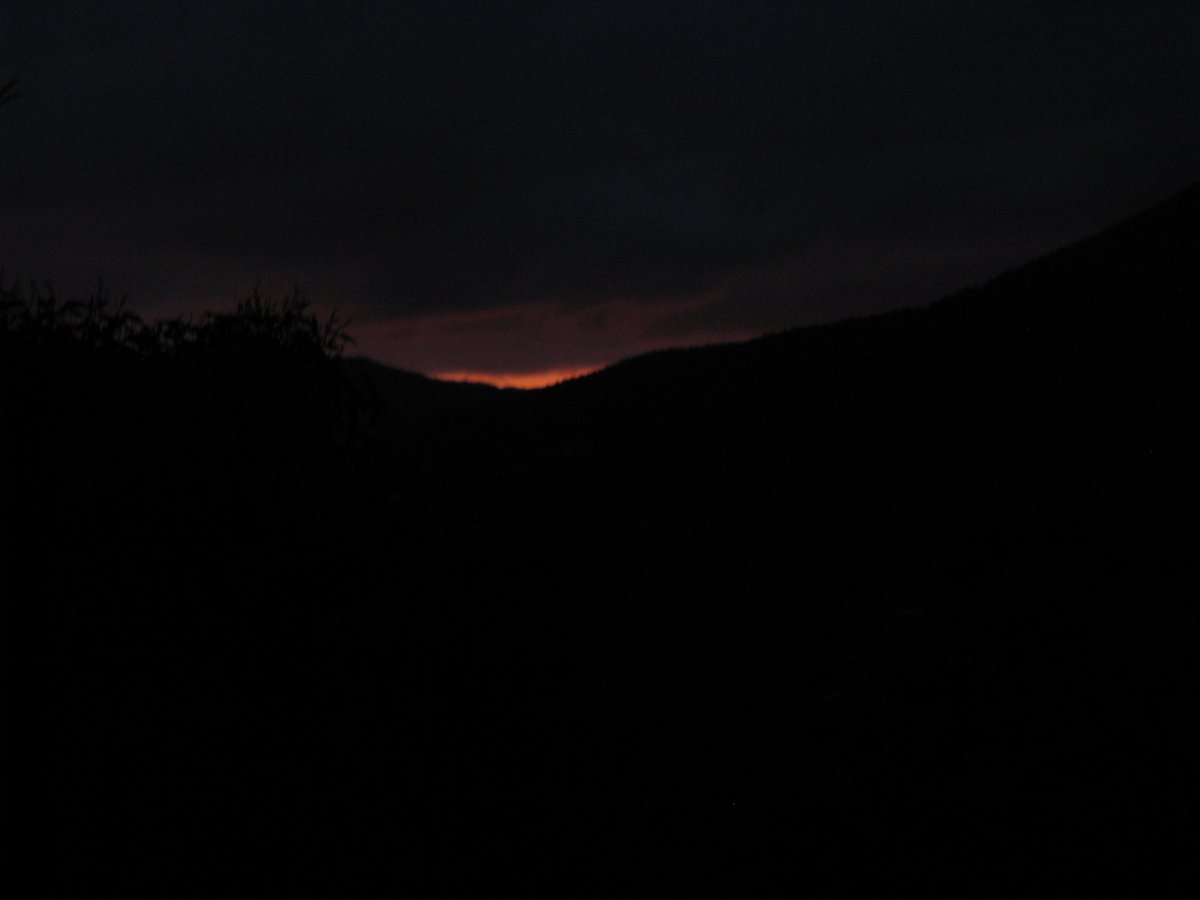
When I got to the end of the beach, all I would have to do is climb the steps in the cliff, walk a few hundred metres to the campground, and set up my tent in the dark. It wasn’t ideal, but I had a head-torch with me, and everything was going to be fine.
However, what I found was an inlet that I couldn’t figure out the way round. Finally, I located the steps I needed to climb, just a few metres away from me. I stepped out onto what in the torch light looked like solid ground - and suddenly found myself in water over my waist. Deep enough water that it was difficult getting out again with a heavy pack on. I had my phone in one pocket and my camera in the other, and both drowned.
Eventually I figured out a way across, found the campground, and set up my tent. It was early spring, I was cold and wet, and, since I’d had all that difficulty packing I’d left out most of my spare dry clothes. Not the most pleasant night I’ve ever spent.
I went back the next morning, and found (as expected) that the route was perfectly clear in daylight. Had it not been for all the other mistakes I’d made, I might well have got there in daylight, set up my tent, and had everything going perfectly.
Encountering a thief
I’ve mentioned the views at Kersops Peak, but it was also near there that I encountered an enterprising bird. Since the peak is only a short way off the trail, I left my backpack at the turn-off and ran up to the peak.
I was only away for about 20 minutes, but when I returned I found a crow there. It had unzipped the backpack, taken the bag of mixed nuts I’d been eating from, and flew away with it as I approached.
At the time I’m sure that felt like just one more setback. Fortunately now it feels more amusing than annoying.
It could have been worse
I’ve got myself into bad positions while hiking more than once, but this time stands out in my memory because it didn’t take much imagination to see that it could have been worse.
Yes, I drowned my phone and camera, but at least I wasn’t relying on either for navigation. What’s more, the water only just reached the bottom of the backpack. If it had been much higher I might have been sleeping in a wet sleeping bag on a wet sleeping mat in a wet tent with no operative map.
If the water had been over head height, or if I’d managed to knock myself out and ended up underwater, things could have been a lot worse. I’m glad that the series of misjudgements didn’t lead to anything more long-term than an interesting story to tell.
After the hike
After completing the hike, the evening of the fourth day found me at Cape Paterson setting up my tent with a view of the waves rolling in stretching back almost to Inverloch. It’s quite possibly the best view I’ve ever had at a campground, and I won’t forget it in a hurry. The following day I joined the local(ish) Christadelphian congregation on Phillip Island, spotted lots of mangroves, and began my realisation that Phillip Island isn’t just about penguins.
Once I was back home, I could start to think about replacing my camera and my phone with newer models. And it was time: My camera in particular was on its last legs, and I’d nearly replaced it several times. The new one was far more compact and, more importantly, had 20x optical zoom. At the time I thought I’d never use it, but, as it turns out, ultra-zoom is strangely addictive.
Preparing for the Pennine Way
This hike was supposed to be a trial run to see whether I was ready to take on the Pennine Way. By the end it was clear that it was a dismal failure, and that I hadn’t been as well prepared as I thought. Maybe I should have given up my Pennine Way plans then and there.
However, the idea still appealed to me, so what I actually ended up doing was waiting just long enough afterwards that I’d half forgotten how bad this hike was, then saying “I think I’ll do the Pennine Way anyway”. In fairness, though, I did make sure that my Pennine Way plans were very different from those of my failed hike.
I was due to hike in the English summer, so the days would be much longer (and some days I needed that). I made sure that I had accommodation organised for every night, and so didn’t need to carry a tent. I also needed to carry less food, since I was able to rely on the villages I stayed in for every evening meal, most breakfasts, and frequent access to groceries. Finally, this time I was relying heavily on my phone for navigation, so made sure I had a waterproof case for it.
Yes, the Pennine Way was both longer and tougher than this first overnight hike. But the changes I made made it a lot easier. And so, while my first overnight hike showed I wasn’t really prepared, it also helped me to prepare.
Conclusion
All in all, that first overnight hike was a disaster. I was ill-prepared, lacked experience, and unwittingly put myself in danger. However, it also allowed me to visit a place that I wanted to visit, see some wonderful views, learn a few valuable lessons, and prepare for a successful Pennine Way conquest.
Maybe one day I should go back and try it again - but I’m not sure it’ll ever happen.